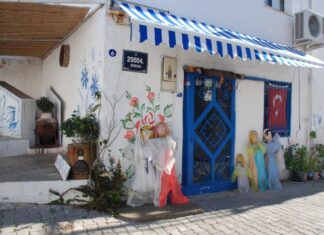Native Animals Horses and Buffaloes
The native horses in Bulgaria are small in size, but they are known for being strong, energetic, and tough. Even though they don’t look...
The Structure of the Bulgarian Army
The Bulgarian army is made up of about 30,000 well-trained soldiers. The troops are equipped in the German style and follow the Russian military...
The Desire for War
Many Turkish officers and upper-class civilians have openly expressed that war with Bulgaria would be better than the current deadlock. They are determined, if...
Bulgarias Complaints About Turkey
Bulgaria insists that she has done her part in the agreement with Turkey, but she is unhappy with how Turkey is carrying out its...
Tensions Between Turkey and Bulgaria
There has been friction between the Turkish and Bulgarian governments. General Petroff spoke for the Bulgarian government, saying that things were calm in Bulgaria...
Urgent Need for Action to Prevent Violence
Imminent Threat of Muslim Uprising
There is no doubt that failing to implement the proposed measures without delay poses an imminent danger of a Muslim...
Inaction of Turkish Authorities
A Call for Humanitarian Aid
The Turkish authorities have shown a concerning unwillingness to assist those in dire need. In Philippopolis, local residents attempted to...
Restrictions and Despair in Klissura
Oppressive Regulations
The situation in Klissura is dire, with severe restrictions placed on the villagers that exacerbate their suffering. They are prohibited from working in...
Reflections on the Balkan War
It should not come as a surprise that war has erupted between the Balkan states and Turkey. The real astonishment lies in the fact...
Mutual Defense Agreement Between Bulgaria and Greece
Article 4
If either of the two governments involved in this agreement declares war on a state other than Turkey without prior understanding and consent...














